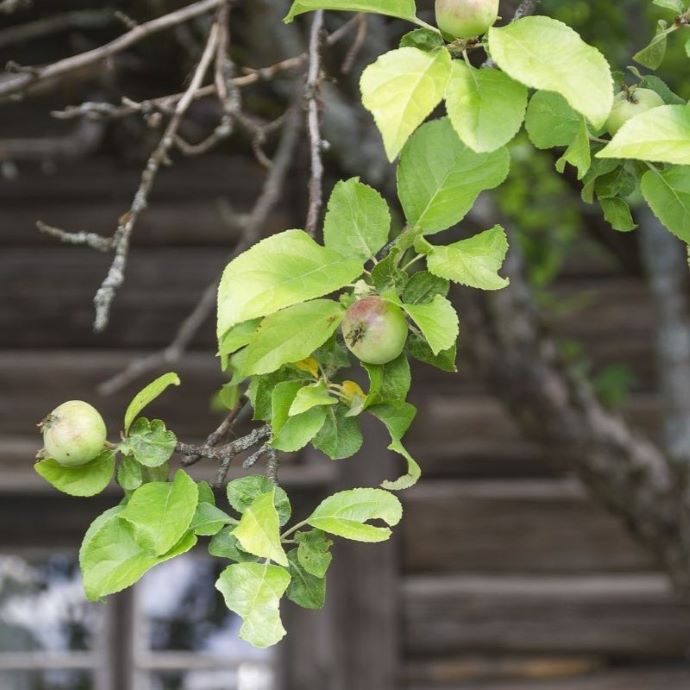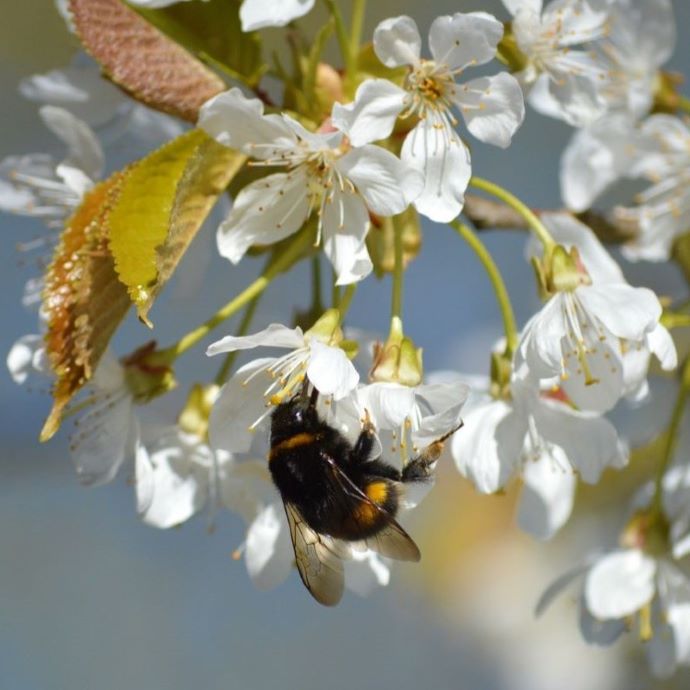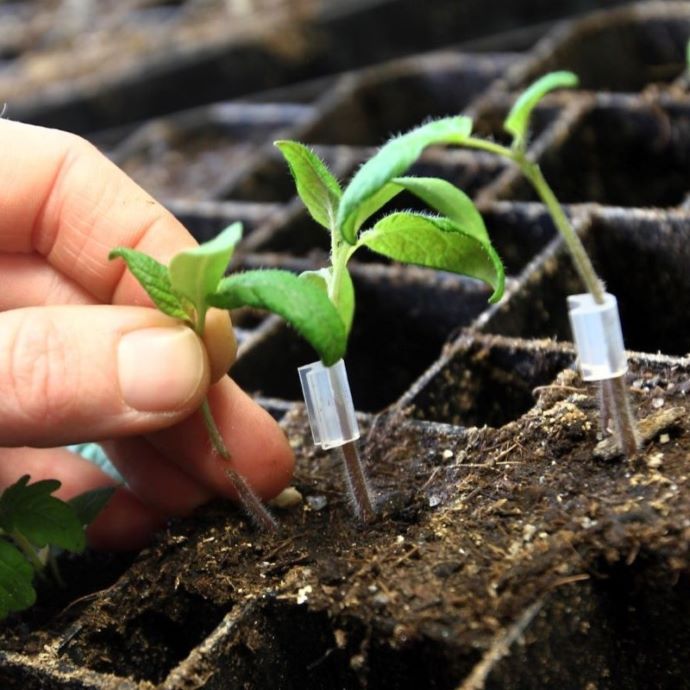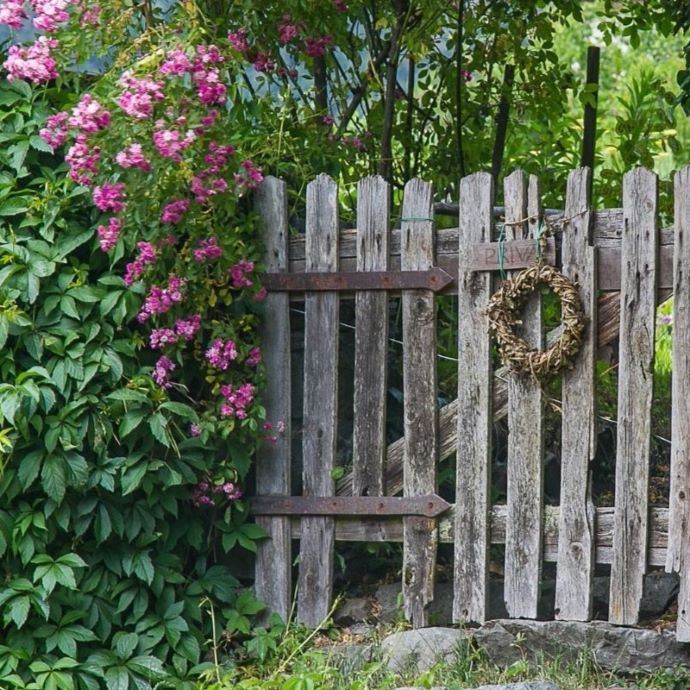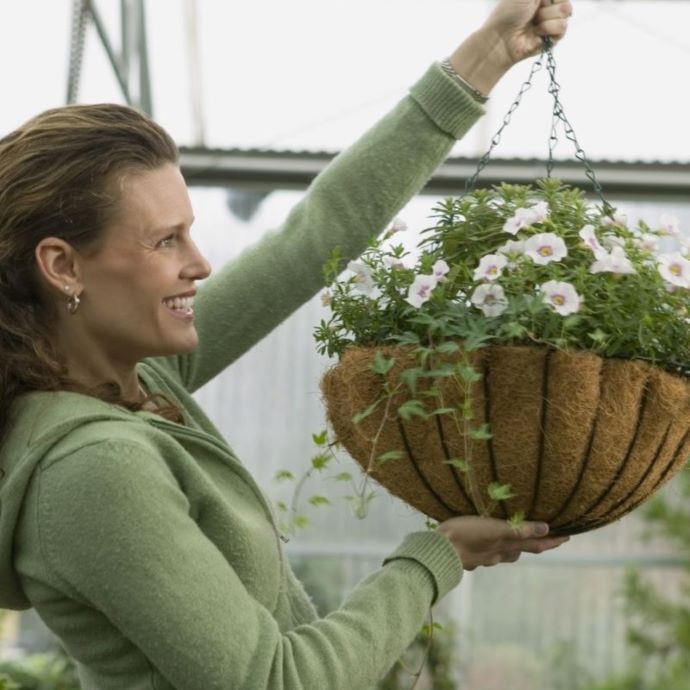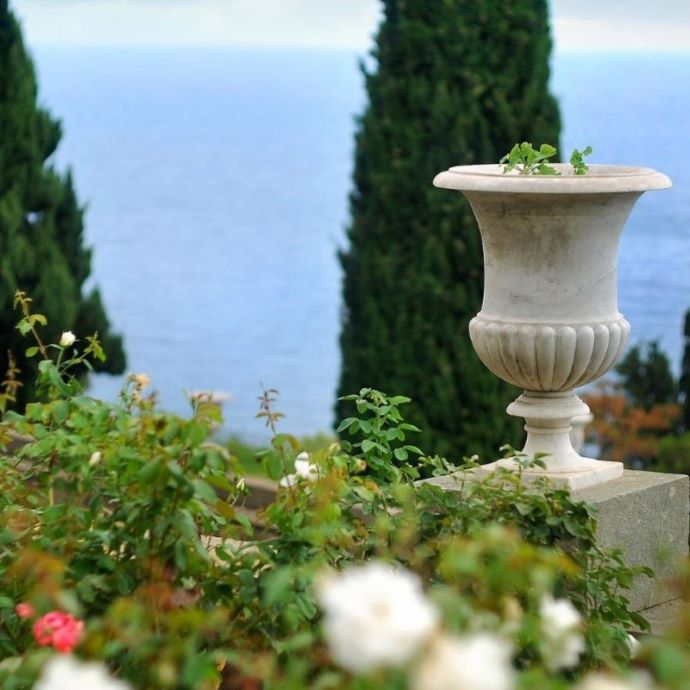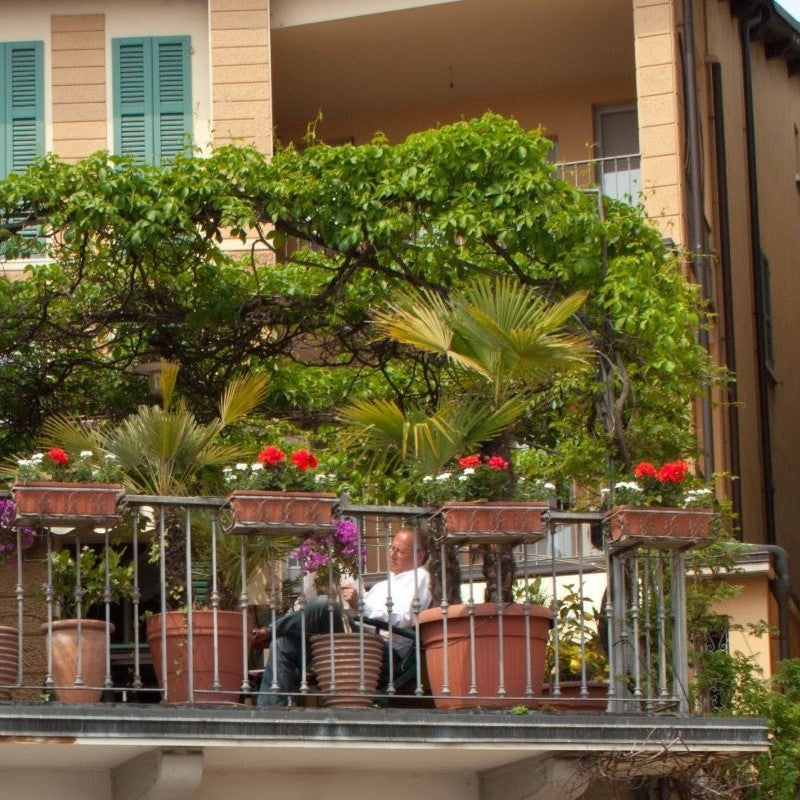Advice & Inspiration
Rose Types: Choosing the Best Roses for Your Garden
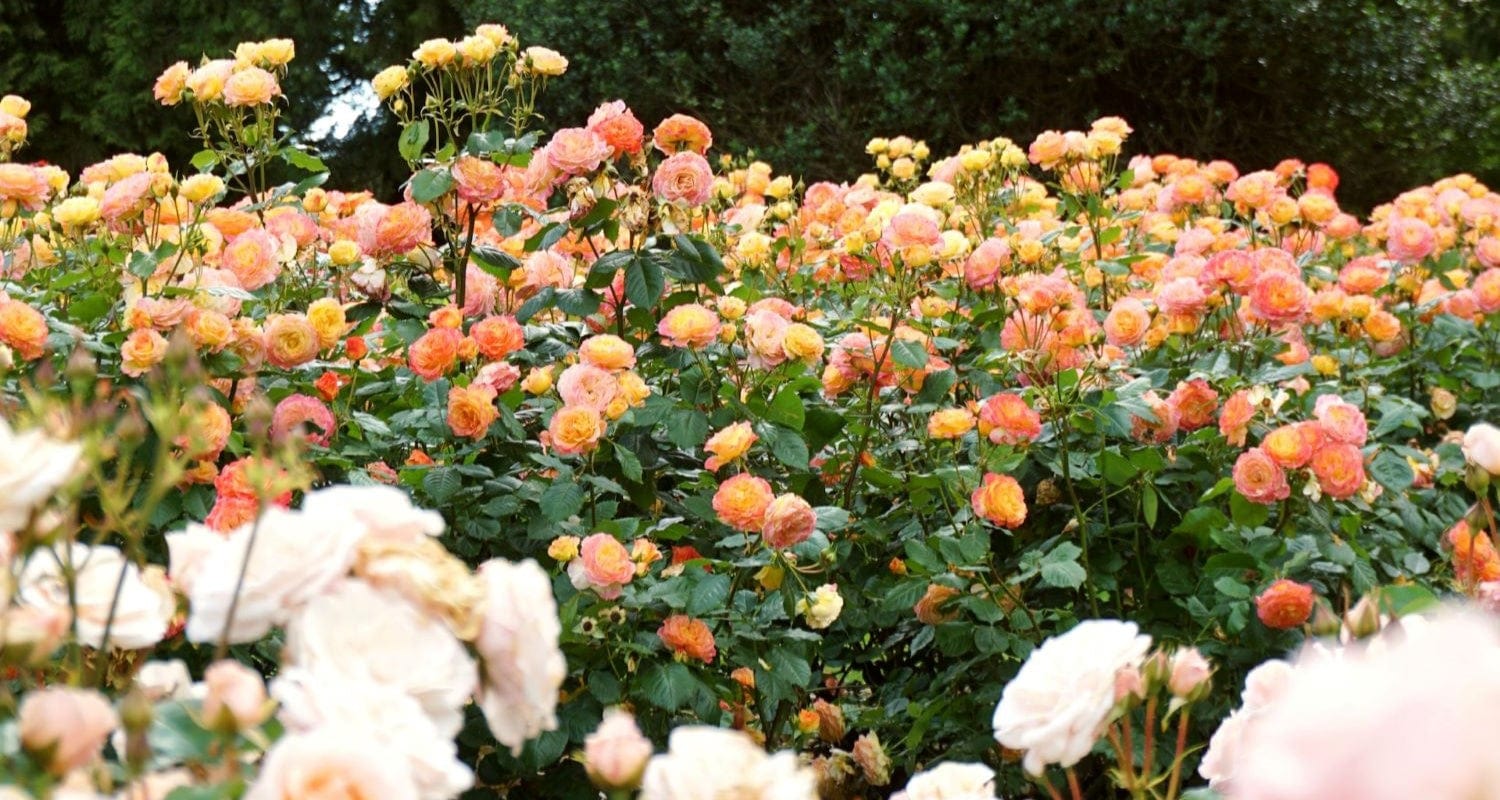
Roses hit that perfect sweet spot between beautiful and versatile. These deceptively tough plants aren’t as demanding as you might think, and can be planted in many more places than just the usual flower bed. But with so many rose types out there, how can you be sure you’re choosing the best roses for your garden? We asked our specialist growers, who came up with these perfect rose recommendations for every part of the garden.
Jump to:
- Compare the different rose types
- Best roses for each part of the garden
- The perfect growing conditions
Know your roses
Firstly, a little rose know-how can help you get the best from the roses you plant, and save you time and effort. Here’s a run down of the different types.
Jump to:
- Shrub roses
- Hybrid tea roses
- Floribunda roses
- Grandiflora roses
- Polyantha roses
- Climbing roses
- Rambling roses
- Wild roses
- Patio roses
- Miniature roses
- Groundcover roses
Shrub roses
Shrub roses are a favourite rose type for any size of garden, with hundreds of varieties. They’re vigorous, repeat blooming, low maintenance and often beautifully fragranced. There are a few different types of shrub rose to choose from, including hybrid tea, floribunda and grandiflora roses. You’ll usually find them in borders and beds, but the more compact and rounded varieties are suitable for large containers too.

Hybrid tea roses
Hybrid teas have large, fragrant flowers held alone on straight stems, a result of crossbreeding old fashioned tea roses with more robust hybrids. They’re bred for hardiness, vigour and classic looks and flower repeatedly throughout the summer. The roses have a pointed look to them and most are scented. Plant hybrid tea roses for cutting, in borders and beds.
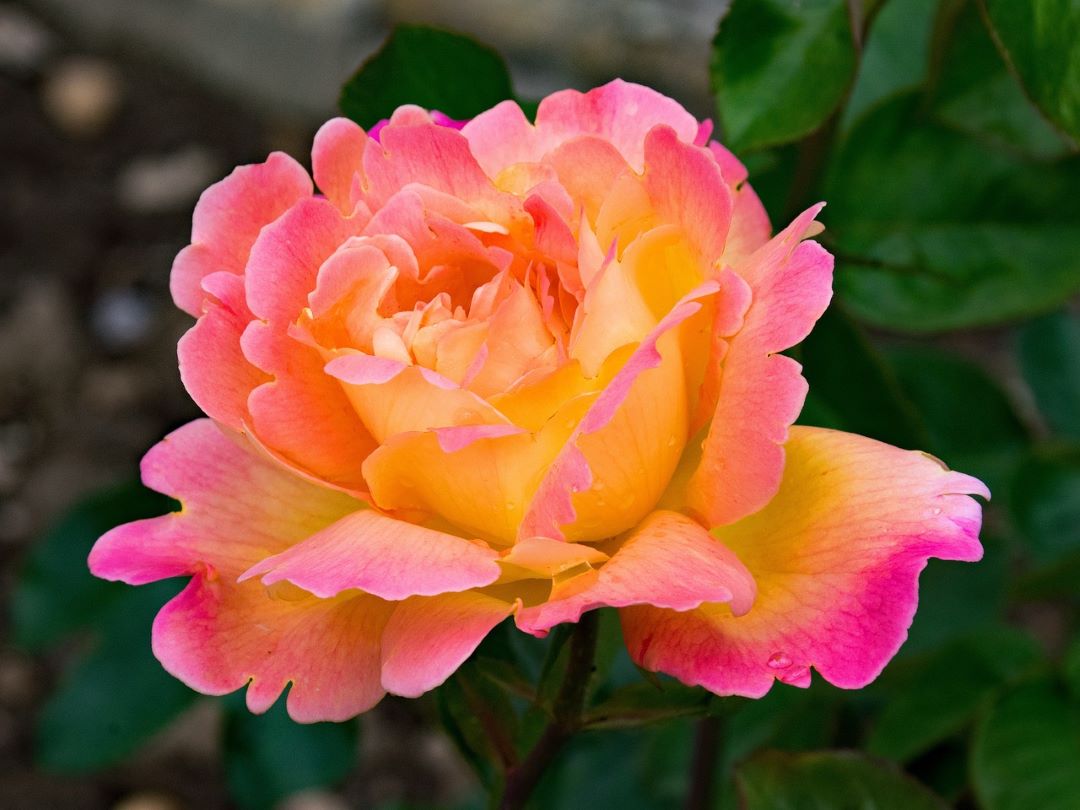
Floribunda roses
A cross between polyantha and hybrid tea roses, these are compact bush roses which bloom repeatedly throughout the summer. Their flowers are smaller than those of a hybrid tea, but there are more of them. Useful for hedging, edging and pots, they’re generally hardier and have better disease resistance than many shrub roses, but many are unscented.
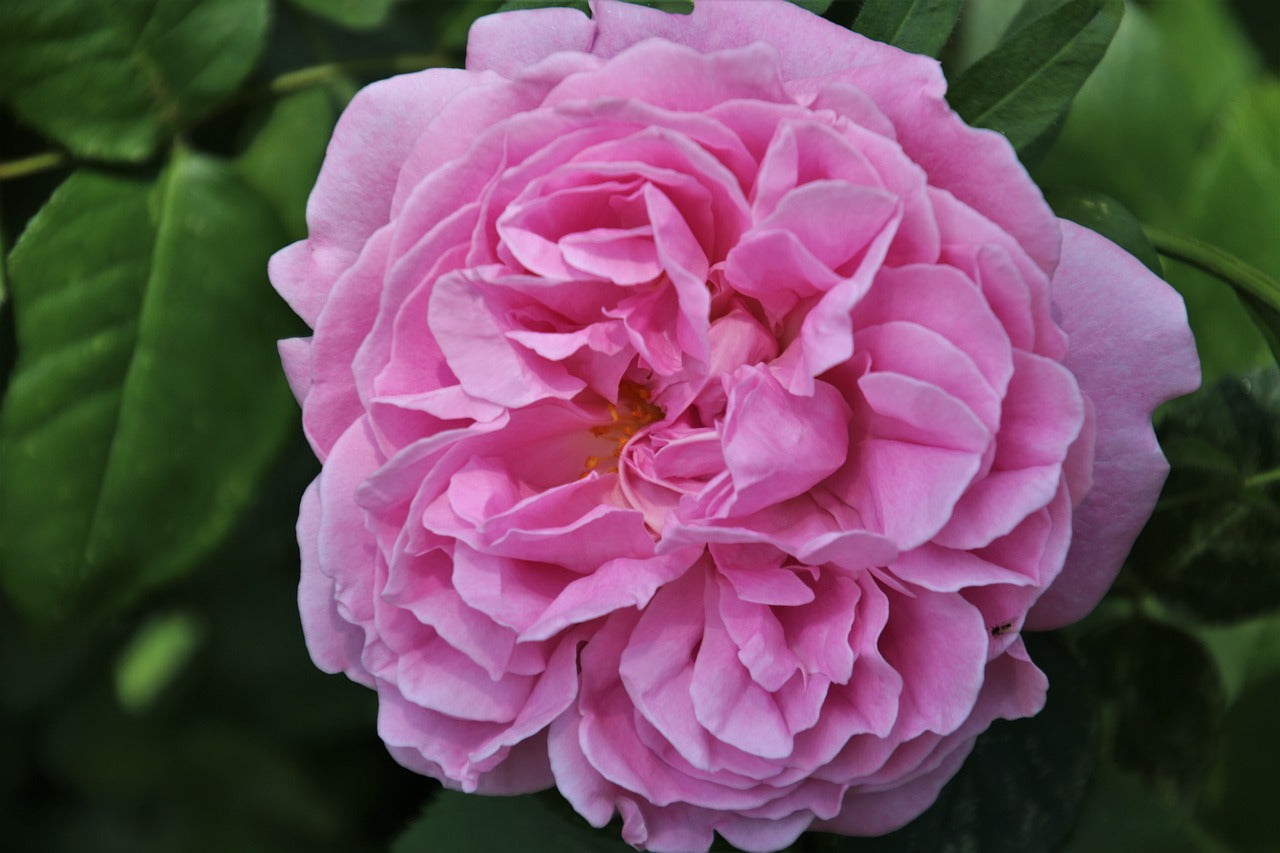
Grandiflora roses
These are tall, strong roses with the form of a hybrid tea and the clusters of a floribunda. They’re also disease resistant and very hardy, producing large numbers of roses from a single stem. Grandifloras have enough height for hedging, screening and the back of borders, but they can get leggy and may need support.
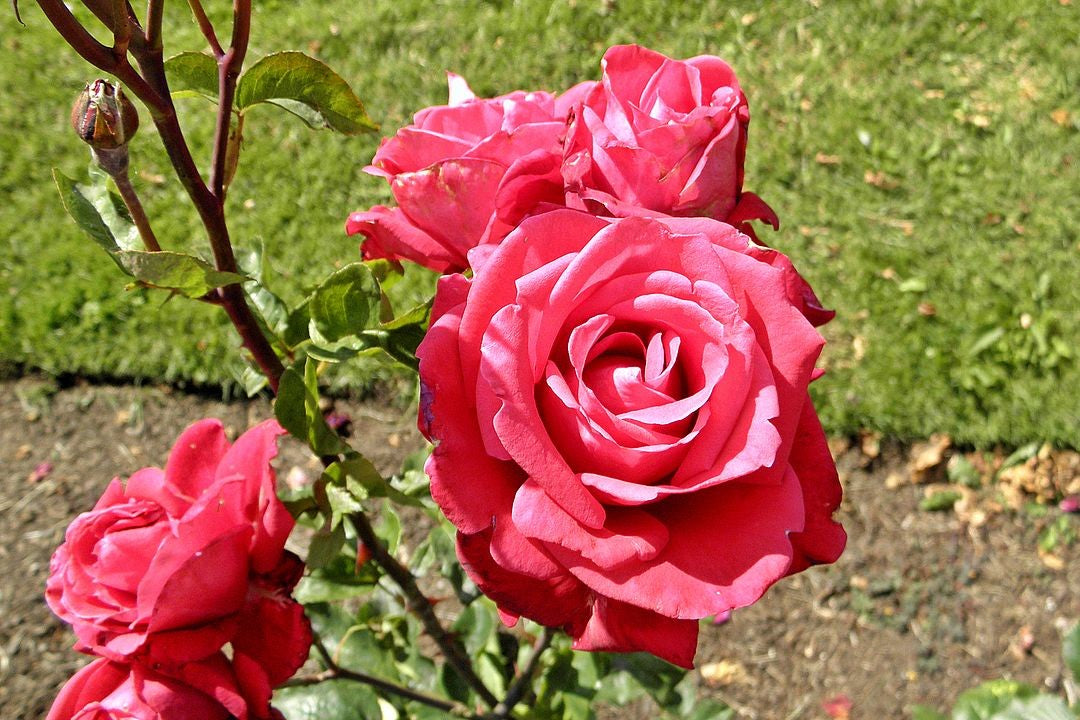
Image source: Wikimedia.
Polyantha roses
Polyanthas are small and sturdy bush roses which produce large clusters of small roses. They date back to 1870s France, when they were created by crossing wild and cultivated roses. They’re compact and suitable for edging borders, which is why you’ll often find them in formal gardens.
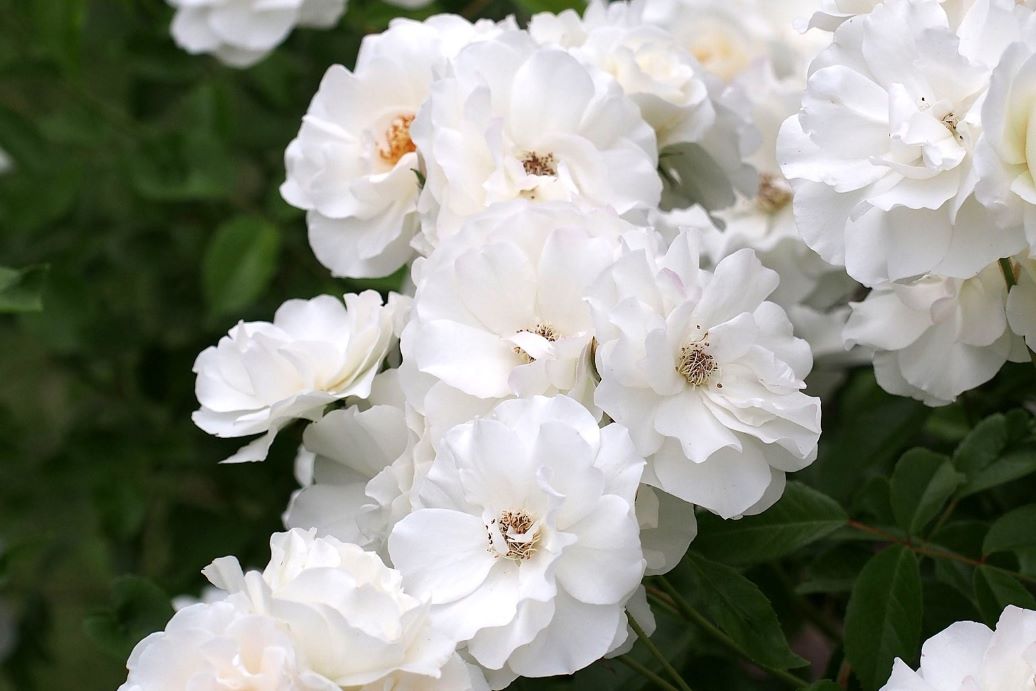
Image source: Wikimedia.
Climbing roses
Climbing roses have large or clustering flowers on vigorous twining stems that can reach 6m in height. They grow quickly, blooming repeatedly throughout summer and early autumn. They have more structured growth than rambling roses and produce larger flowers, but fewer of them, most being scented. You’ll find them adorning trellises, obelisks, walls and fences.
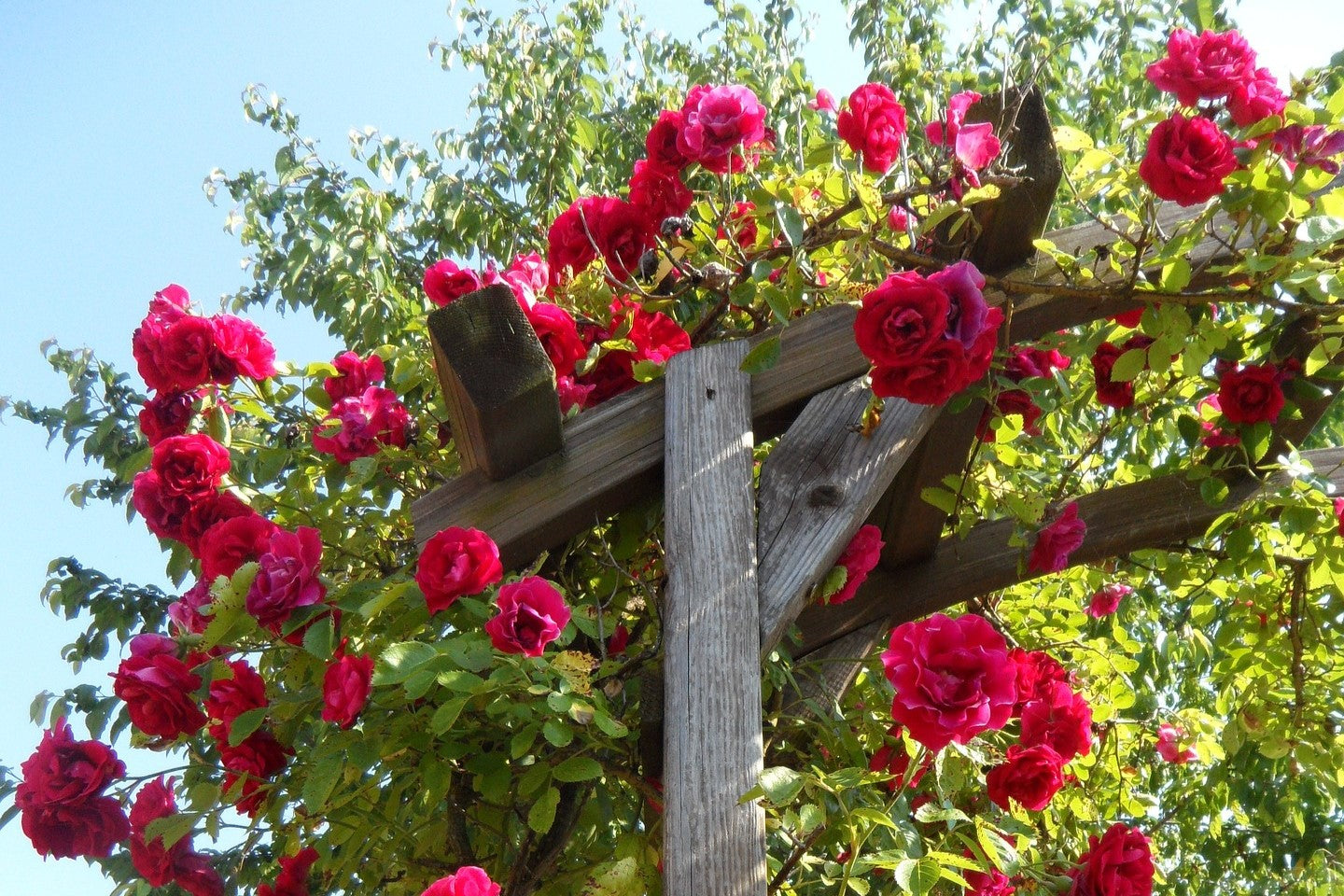
Rambling roses
More informal and vigorous than climbers, rambling roses produce one single, jaw dropping flush of small roses in June and July. They’re usually fragrant and are ideal for quickly covering a pergola or disguising an unsightly structure like a shed or garage.

Wild roses
Wild roses are most often seen in hedging. They produce lots of single flowers which are very accessible to pollinators, followed by rose hips in the autumn to attract the birds. They’re bright, plentiful and easy to look after (very thorny, though) - the perfect choice for a wildlife garden or a barrier hedge.
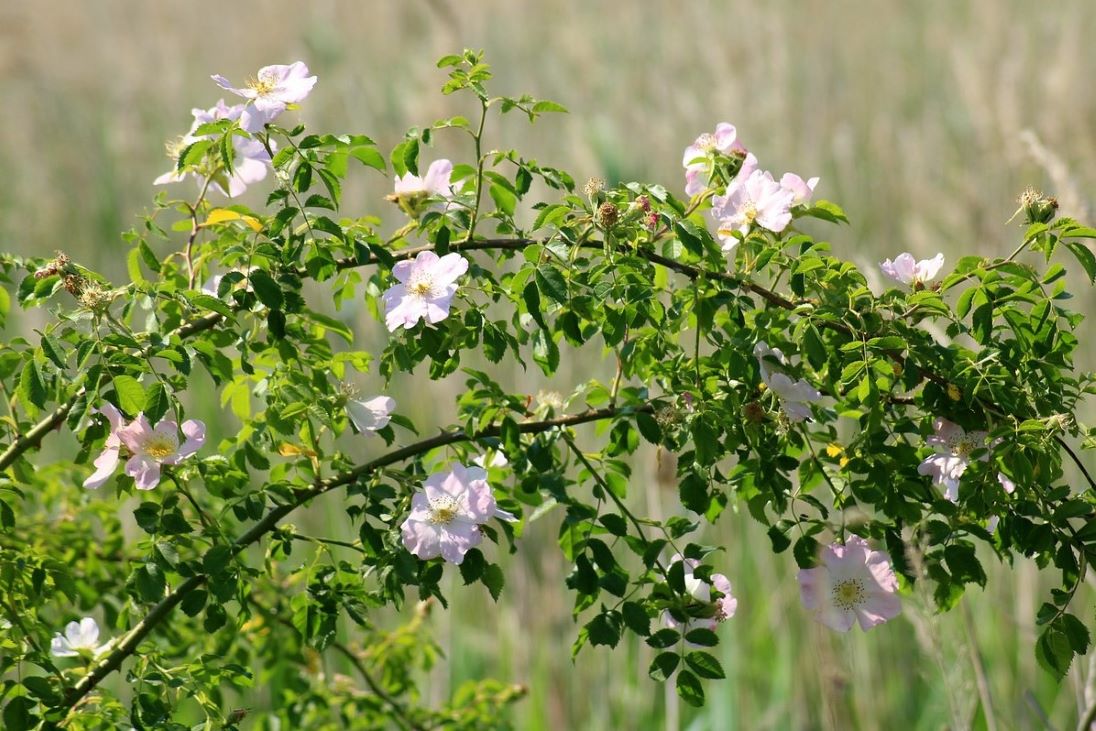
Patio roses
Patio roses are similar to polyanthas, but they’ve been bred to be more compact and heat resistant, so they grow well in containers and in full sun. They’re bushy in habit, with clusters of small, often scented flowers appearing repeatedly throughout the summer.
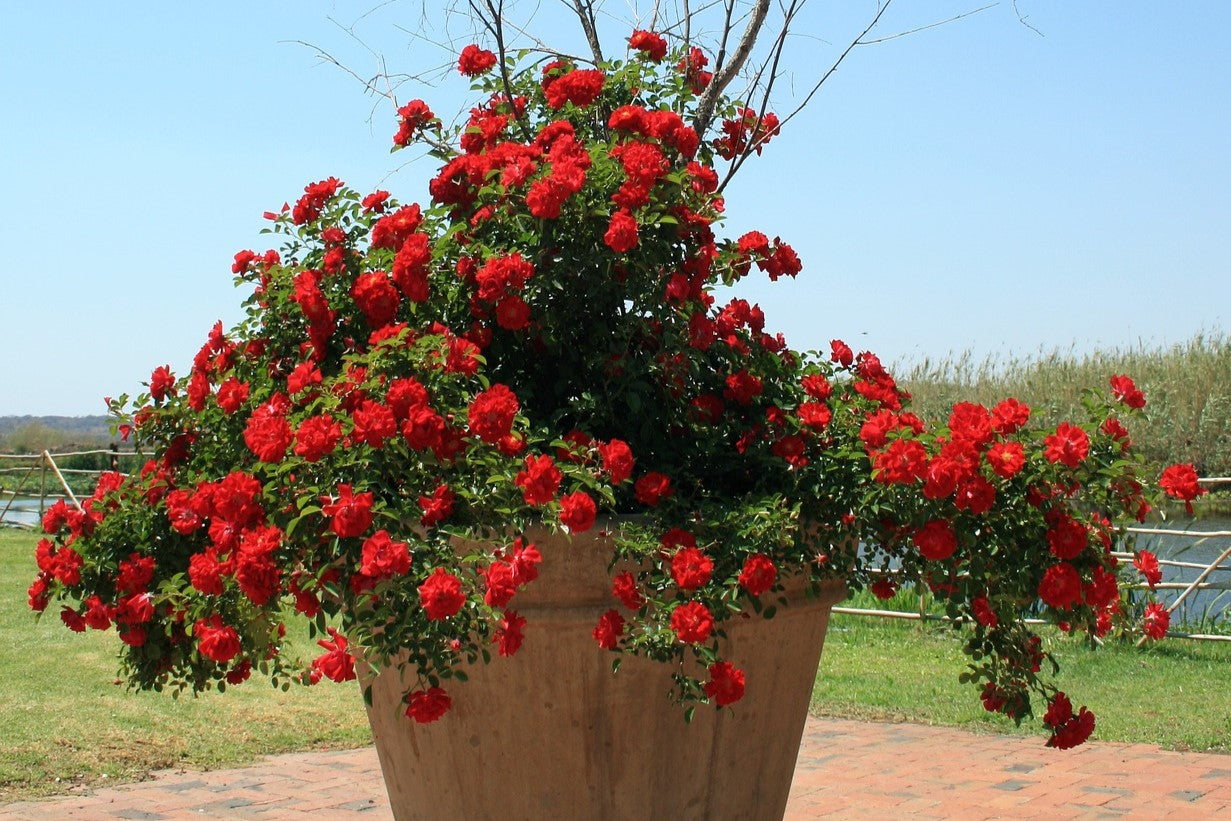
Miniature roses
These are easy maintenance dwarf roses that are perfect for containers or as houseplants. They’re very hardy and produce plenty of flowers throughout the season. Use miniature roses in pots, window boxes and as lawn edging.
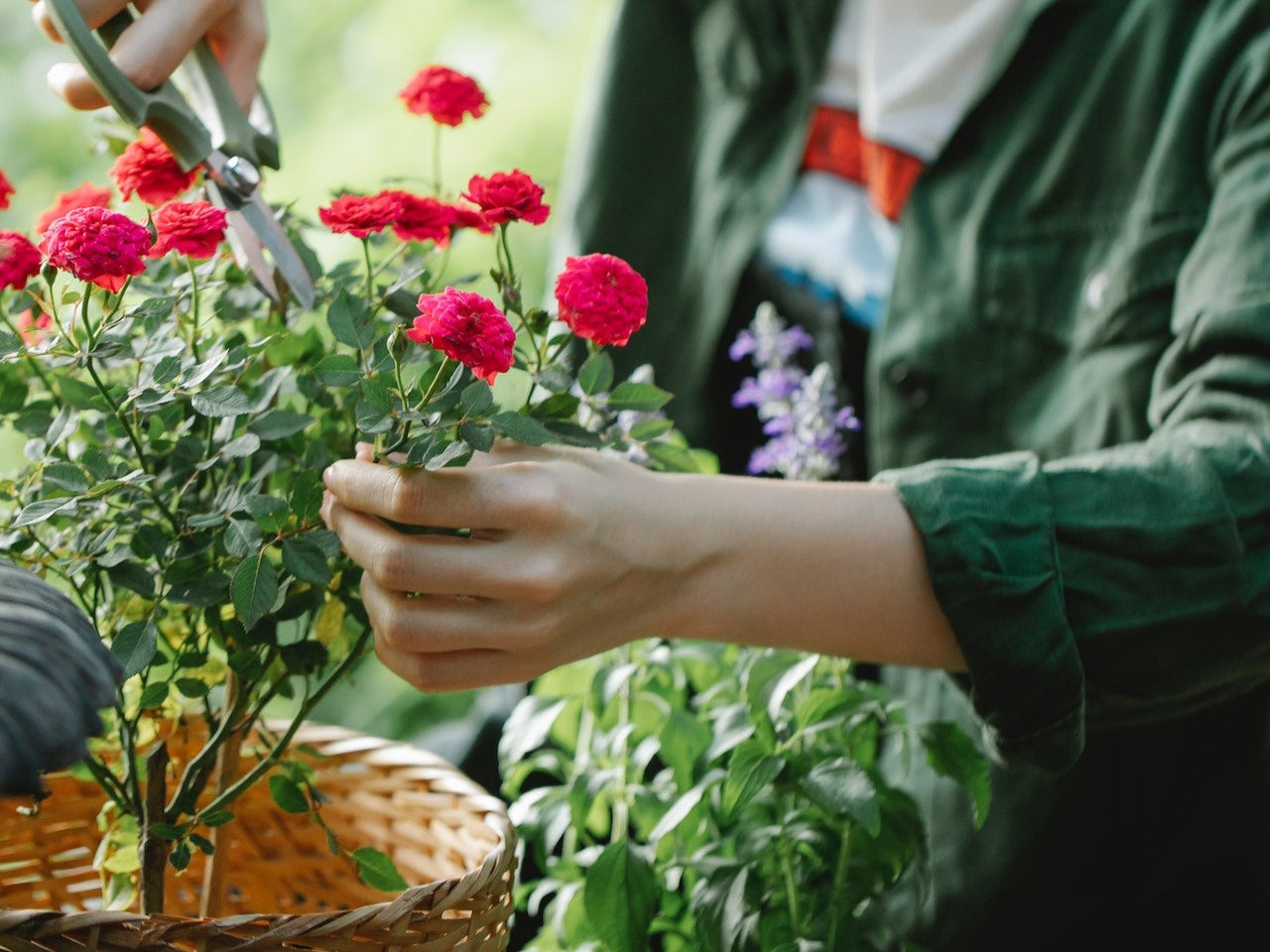
Groundcover roses
Groundcover roses are low growing and spread along the ground. These hardy plants are usually repeat flowering, with lots of small roses right along the length of the stems. They can be grown under deciduous trees or in borders to suppress weeds and keep moisture in the soil.

Where to plant your roses
The secret of rose growing success is planting the right rose in the right place. These are our growers’ recommendations for each part of the garden.
Jump to the best roses for:
- Beds and borders
- Pots
- Walls, fences and trellis
- Pergolas, arches and structures
- Full sun
- Shadier spots
- Cutting
- Hedging
- Keeping weeds down
- Seating areas
- Around a door
Best roses for borders and beds
Shrub roses were just made for beds and borders. The position you’ve earmarked for your rose will determine the best choice - for the back of the border we’d recommend a larger type such as a grandiflora or hybrid tea rose - these will grow well against a fence or wall. For a mid-border position you can add more compact floribunda roses. If you really, really love roses (*raises hand*) you could finish off the look by lining the edge with miniature roses (more formal) or planting a low, spreading groundcover rose (for a relaxed look) at the front of the border.
For a formal style flower bed, several roses in the same colour - even of the same variety - is an impressive look, or you could try colour combinations or white and pink, orange and yellow or pink and lilac.

Best roses for pots and containers
Planting in pots makes the most of even a small space and allows you to control your rose’s soil conditions - ideal if your garden soil isn’t great. Make sure you choose a patio or miniature rose for your container display, or a shrub rose with a compact form that won’t spread too far. Other kinds of roses generally have long shallow roots which would be restricted too much in a pot, and won’t thrive there. Some of the more compact climbing roses are also great for pots, but will still need support from a trellis, arch or obelisk.

Best roses for walls, fences and trellis
Climbing roses are best for training on walls and fences, as they’ll tend to grow in the direction you want them to with only a little gentle guidance. They all need support - tie them in to your choice of structure with garden ties or string as they grow. They’re the perfect partners for clematis, too.
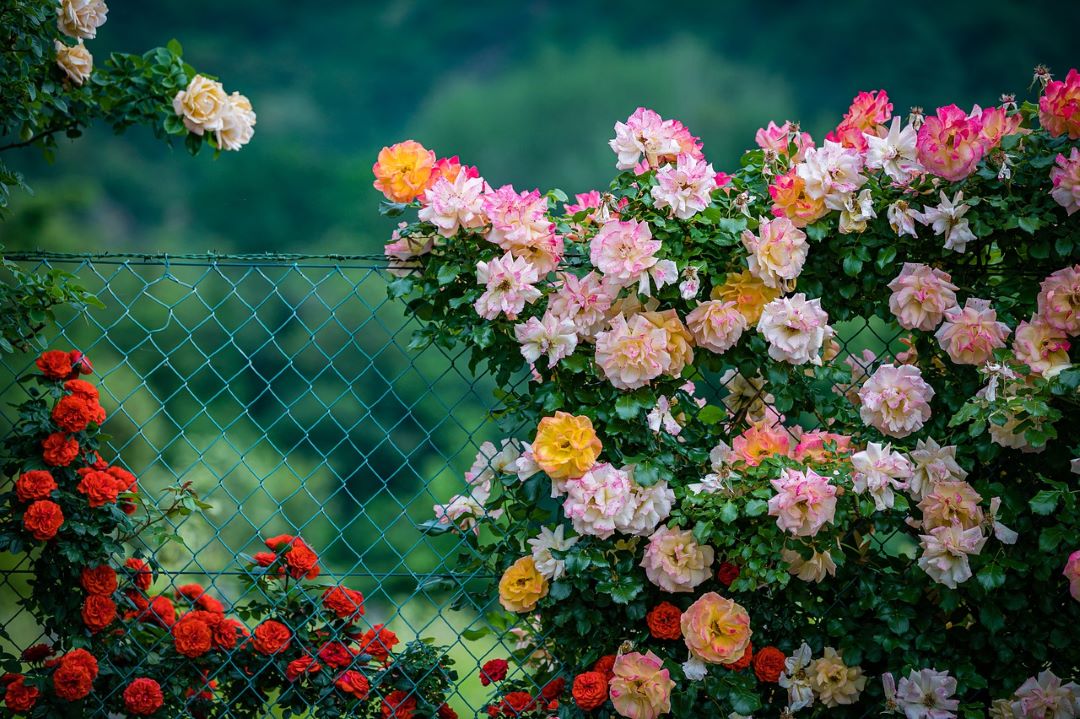
Best roses for pergolas, arches and structures
You can also use climbing roses to cover your arch, pergola or arbour - but a rambling rose will grow more quickly and cover a wider area, so it’s more suitable if you want to create a denser, more covered effect.
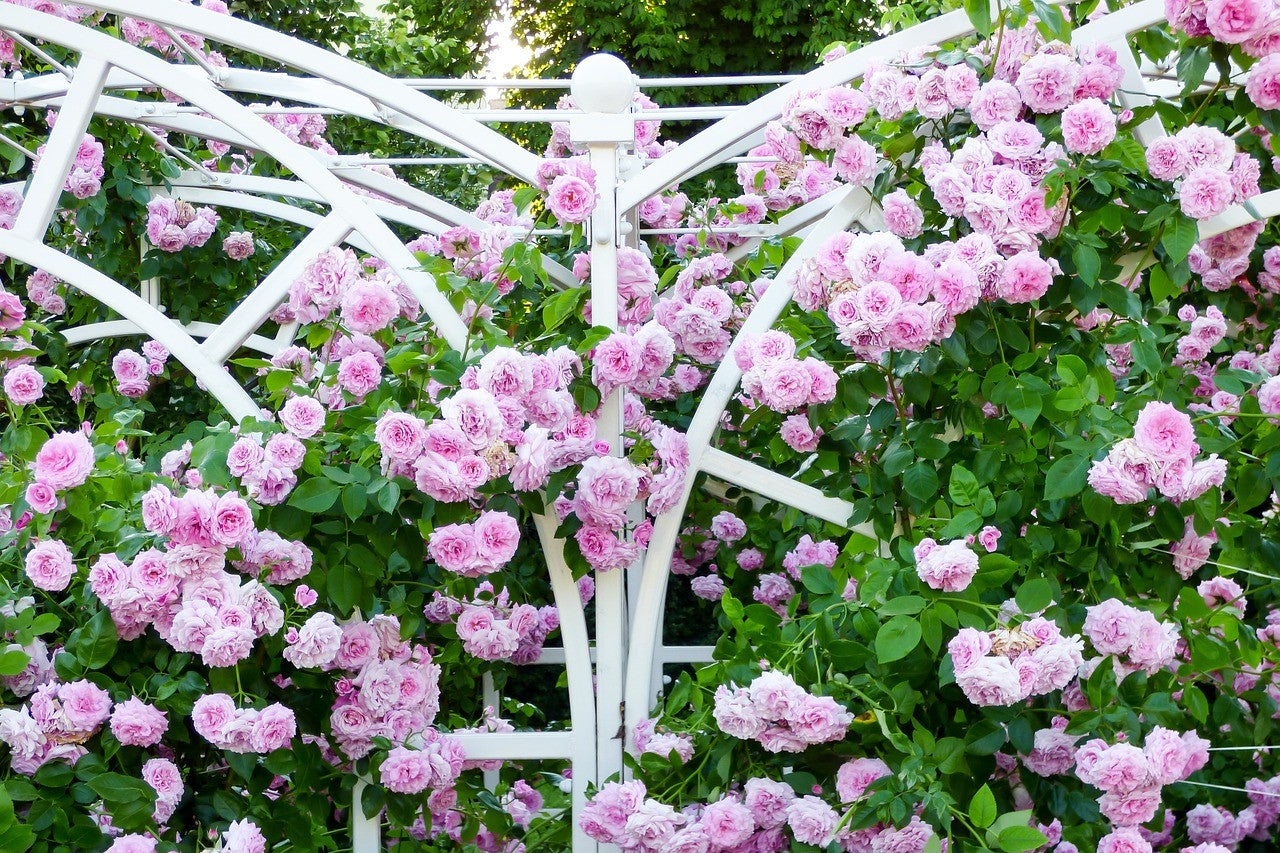
Best roses for full sun
Most roses perform best in full sun, so you can pretty much pick any variety for this prime position. Make sure they’re also sheltered from strong winds and far enough away from other plants that their roots have plenty of space and air can flow freely through their stems.
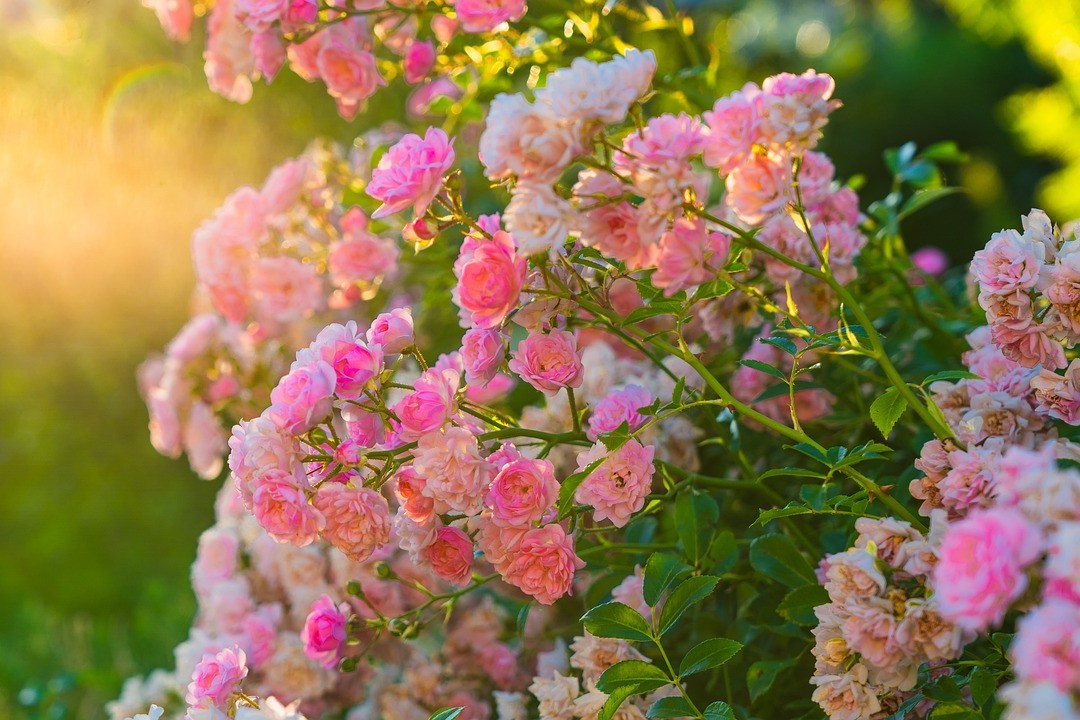
Best roses for shadier spots
Some roses are suitable for positions with a little more shade (especially in the afternoons), but only if the shade isn’t due to trees close by, which can prevent roses from thriving as their roots will be in competition for water and space. Climbing and rambling roses usually do well with less sun, but there are plenty of shrub rose choices too - see the individual plant pages for details or check out our specially curated selection.
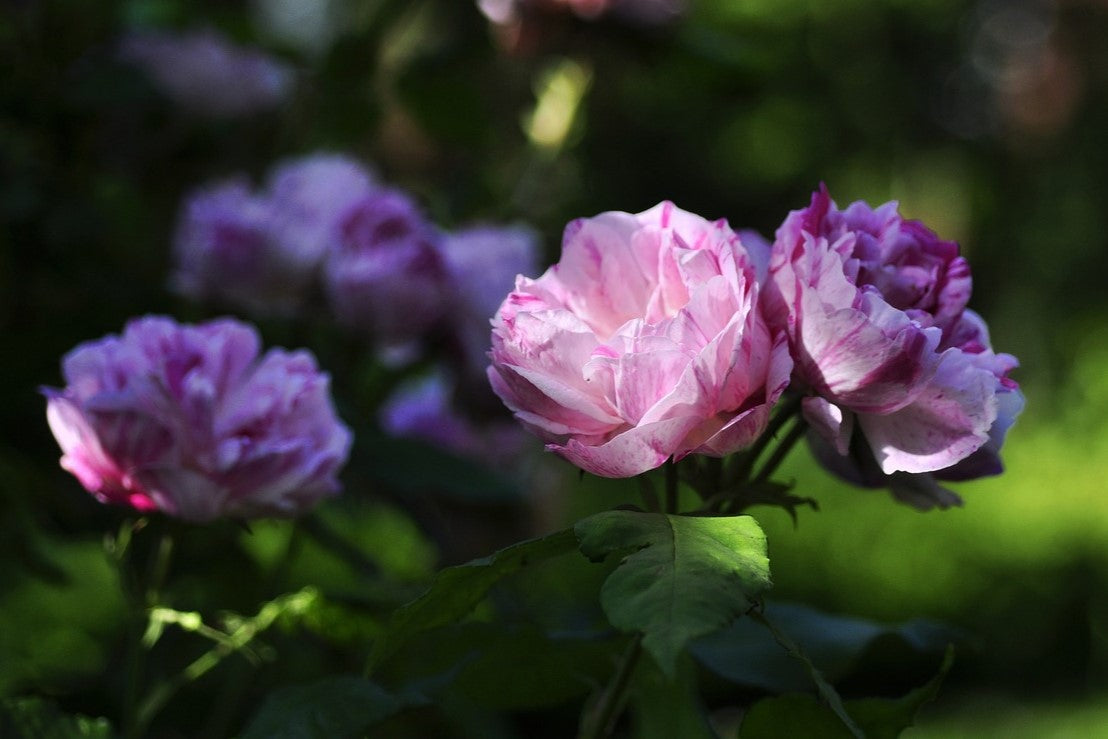
Best roses for cutting
If you’re growing roses for cutting, you’ll want to make sure that those you choose have long stems with single blooms - probably scented - without too many thorns. Hybrid tea roses tick all of these boxes and, being vigorous growers, will produce enough stems from a mature plant to fill several vases. Choose several different roses that will look good in the vase together and plant them with ‘filler’ foliage such as ferns, baby’s breath and eucalyptus for instant arrangements.

Best roses for hedging
Rose hedges are a brilliant way of getting more flowers into your garden and using your space efficiently. For hedges that serve as a barrier or surround your property, you’ll want something strong with dense stems and thorns. (The birds will love you for this - it’s the perfect place for nesting.) We recommend wild roses such as Rosa rugosa and Eglantine Rose, but hybrid teas and floribundas are also tall and bushy enough to fit the bill (as well as being easier to control!). You can mix your roses up with other flowering hedge plants for even more wildlife appeal, or stick to a single variety or colour if you’re short on time, as they’ll all have the same growth rate and pruning requirements. If you want a very low hedge, you can use miniature roses - they grow together admirably quickly to provide a neat, dense edge to a border or bed.
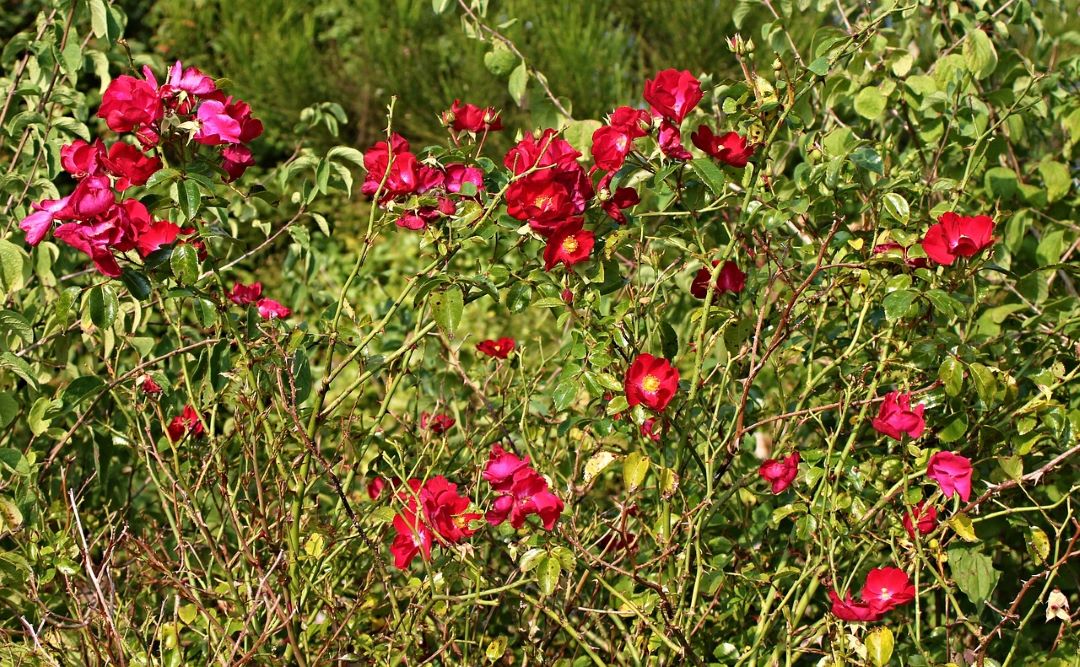
Best roses to keep weeds down
Groundcover roses are not just the sum of their good looks, they serve a practical purpose too, by spreading over a wide area of soil and keeping weeds from popping up. They’re also an excellent way of preventing soil erosion from strong winds, filling gaps in a border and keeping moisture locked into the soil for the benefit of all your plants.

Best roses for seating areas
You’ve got lots of choices here - you could go for a shrub rose in a pot to sit next to your outdoor dining area or a climbing rose to cover the top of your arbour. In either case, you’ll want to pick a scented rose. A rose covered arbour or a bench with a shrub rose at either end makes a useful and attractive focal point for your garden - or a secret hideaway.
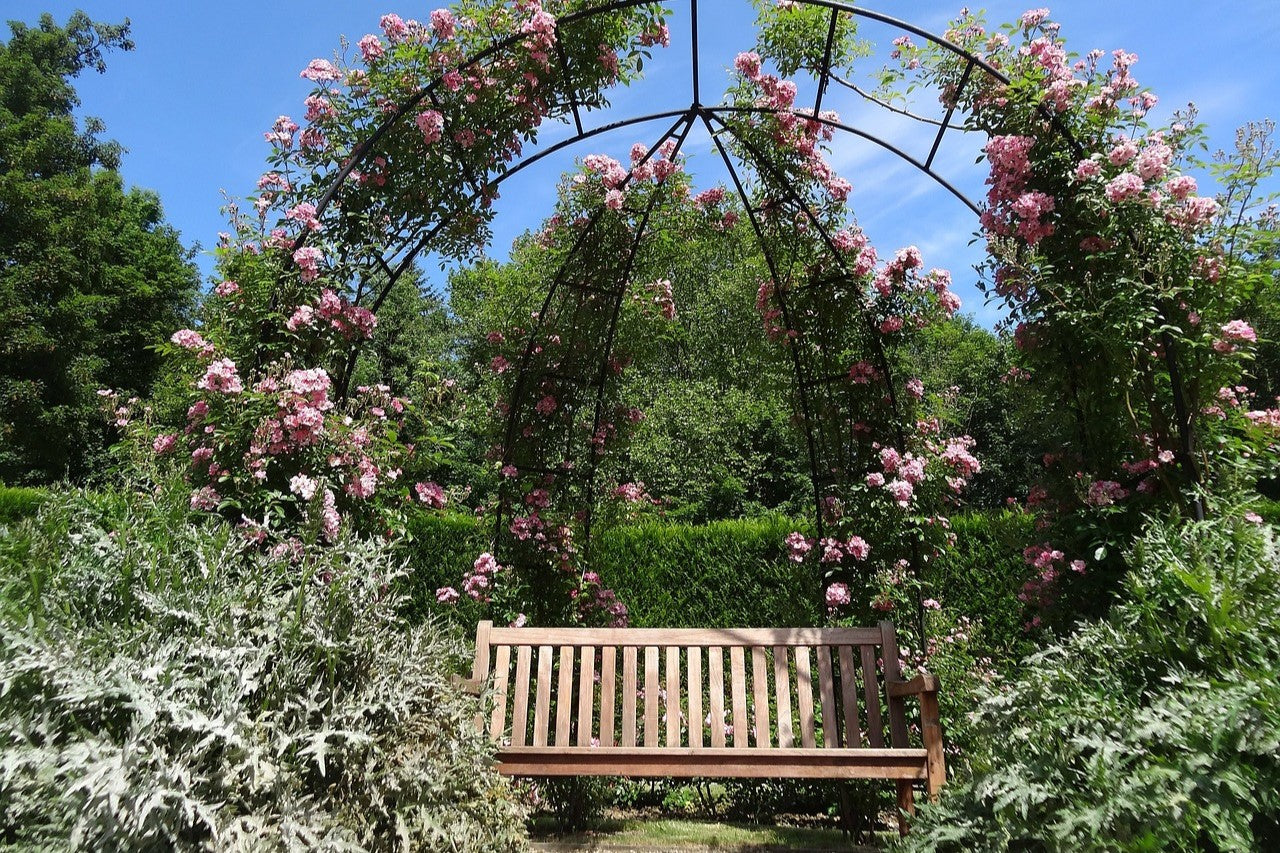
Best roses around the door
Who can resist this bit of traditional cottage garden charm? Roses around the door will put a smile on your face each time you come home, with a cheerful burst of colour and a waft of perfume. The best kind to pick for that slightly wild, romantic look is a rambling rose in a pastel colour, but an alternative is to grow two matching compact climbers up a trellis at either side.
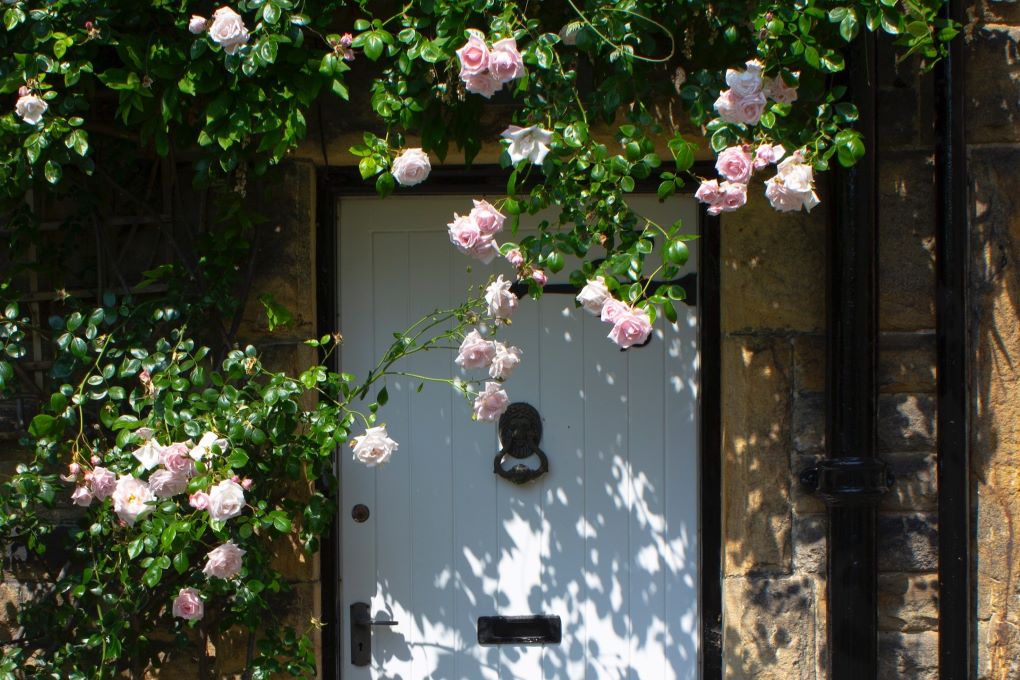
The perfect growing conditions
Roses prefer a slightly acidic to neutral soil, which fortunately describes most average garden soil. It needs to be loose and loamy without too many stones, and it never hurts to mix in some good quality compost when planting. Choose a position in direct sunlight, where your rose will get at least six hours of light each day (some roses can deal with a little more shade than others - check the individual plant info). The best place to plant a rose is in a sheltered site 1m away from other plants or 60cm from other roses. You should also avoid planting your rose in a spot where roses have previously been planted, to avoid replant disease.
Get more tips for growing healthy roses from our specialist grower, Jack.

